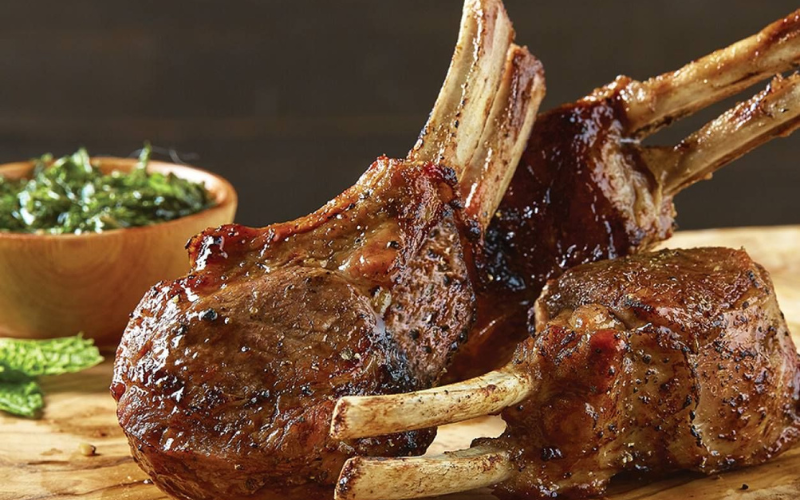Veal is a type of meat that comes from young calves, as opposed to beef, which comes from older cattle. Often considered a delicacy in many cuisines around the world, veal is praised for its tender texture and subtle flavor. If you’ve never tried veal before, you might be curious about its taste, how it compares to other meats, and why it’s used in various dishes. This article will provide you with a clear understanding of what Veal in Oakland tastes like, along with some insights into its culinary uses and nutritional value.
Understanding Veal in Oakland
Veal in Oakland is typically sourced from dairy calves that are between 16 to 18 weeks old. The most common types of veal include:
- Milk-fed veal (white veal)
These calves are fed a milk formula and are usually not given solid food, resulting in a pale, tender meat.
- Grain-fed veal (red veal)
These calves are raised on a diet that includes grains, which gives the meat a slightly darker color and a more robust flavor than milk-fed veal.
- Free-raised veal
This type of veal comes from calves that are allowed more freedom to move around and are often raised on a diet of milk and grass, leading to well-developed flavors and a firmer texture.
The Taste of Veal
Veal has a much milder flavor compared to beef. It is delicate, slightly sweet, and creamy, with a smooth texture that makes it particularly appealing in fine dining. The subtle taste of veal makes it a versatile meat that can absorb flavors from sauces, marinades, and seasonings used in cooking. Here’s how the taste and texture vary by type:
- Milk-fed veal
This veal is exceptionally tender and has a very mild, almost buttery flavor. It is particularly valued in dishes where a light, refined taste is desired.
- Grain-fed veal
Slightly more flavorful than milk-fed veal, grain-fed has a richer taste and firmer texture. It stands up well to bolder spices and herbs.
- Free-raised veal
This veal combines the tenderness of young meat with the deeper flavors characteristic of animals that have been more active and had a more varied diet.
Culinary Uses of Veal
Veal is a popular choice in many European cuisines, particularly Italian and French. It is used in a variety of dishes:
- Veal Cutlets: Often breaded and fried, served with a lemon wedge or a rich sauce like tomato or marsala.
- Osso Buco: A famous Italian dish where veal shanks are braised with vegetables, white wine, and broth until the meat is fall-off-the-bone tender.
- Veal Scallopini: Thin slices of veal that are lightly breaded and sautéed, commonly served with a wine sauce.
- Wiener Schnitzel: A classic Austrian dish made from veal cutlets, breaded and fried to golden perfection.
These dishes showcase the meat’s ability to pair well with various ingredients, enhancing its natural flavors without overpowering them.
Nutritional Profile of Veal
Veal is not only tasty but also nutritious. It is a good source of protein and is relatively low in fat compared to many other types of red meat. Veal also provides important vitamins and minerals such as vitamin B12, zinc, and iron, which are essential for energy production and immune function. However, its nutritional value can vary depending on the diet of the calves and their living conditions.
Ethical Considerations
It’s important to note that veal production has been subject to ethical debates. Traditional methods of raising veal calves in restricted environments have been criticized. However, changes in farming practices, such as those involved in producing free-raised veal, aim to improve animal welfare by allowing calves more space to move and a more natural diet.
Conclusion
Veal in Oakland is a distinct and versatile meat with a subtle flavor and tender texture that makes it a favorite in various gourmet dishes around the world. Whether you’re trying veal in a creamy scallopini sauce or a rich, hearty osso buco, its delicate taste provides a unique culinary experience. As with any meat, the quality and flavor of veal can vary depending on how the animals are raised, so choosing veal from sources that ensure ethical and sustainable practices can enhance both your meal and your dining ethics. If you’re curious about trying new meats or looking for a refined addition to your cooking repertoire, veal is certainly worth exploring. Thank visiting logicallyblogs.com

